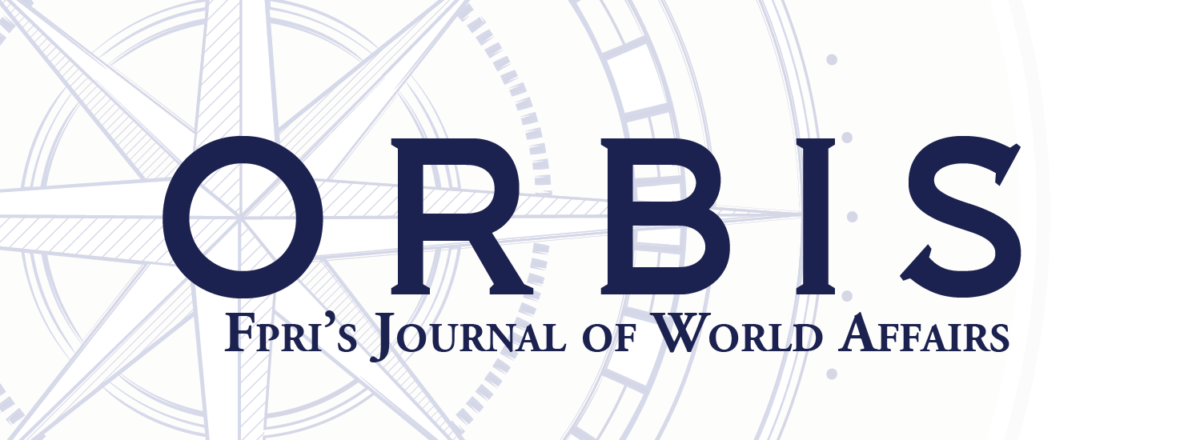A nation must think before it acts.
When Vladimir Lenin, Leon Trotsky, and their fellow Bolshevik leaders launched the communist revolution in 1917, they viewed Russia as the “weakest link” in the chain of global capitalism. Hassan Malik’s book, Bankers and Bolsheviks: International Finance and the Russian Revolution, suggests that this view was correct. In his account, Malik uses archives of the Russian government, and the often-inaccessible archives of banks in London, Paris, and the United States to explain how Imperial Russia became the first emerging market for investment—and how it collapsed in an anti-capitalist revolution.
Malik sees the pre-revolutionary Russia as stuck in a contentious negotiation between the Russian government and the global financial community over the need for investment in Russia. He details how increasing foreign investment into the Russian economy shaped the landscape of national politics. When the Bolsheviks took power, they repudiated what they saw as “odious debt” in 1918, sparking one of the largest defaults in history. At the time, most observers of Russia did not suspect that anything of this sort could happen, Malik argues. Yet, the speculative lending boom to the Russian Empire clouded the eyes of foreign investors to the underlying political risks—and clouded the eyes of the Russian government to the fragility of its political system.
Malik begins his discussion with a review of Finance Minister Sergei Witte’s policy for attracting foreign investors. Traditionally, Witte has been seen as a modernizing statesman. In parsing Witte’s legacy, Malik interprets operational and financial questions as issues of political strategy. For Malik, Witte’s focus on attracting foreign investment and his movement toward the gold standard were long-term trends in Russian economic policy that predated his appointment. Rather, Witte should be evaluated for steering financial policy toward reliance on specific foreign lenders, above all France, rather than Germany, London, or New York. Here, Malik argues, Witte had the correct tactics, but the wrong strategy. Witte failed to diversify Russia’s funding base, leaving Russia over dependent on France and French capital markets.
Malik highlights the risks to Witte’s strategy of relying on foreign investment by analyzing the foreign loan that Russia received in 1906, just after the disastrous 1904-1905 Russo-Japanese War and the anti-regime protests in 1905 that shook the tsarist government to its core. Witte described the 2.25 billion franc loan as the “loan that saved Russia”—and indeed, it stabilized the Russian budget. Here, too, Malik argues, the conventional wisdom about the success of the loan misses a key point. Expanding Russia’s dependence on foreign borrowing amplified the risk that the tsarist government faced at home and abroad. Domestically, the loan became a rallying point for the liberal and more radical opposition against the government. Radical revolutionaries, led by a young Trotsky, challenged the government with its “financial manifesto,” calling for making Russia less dependent on international capital and protecting small bondholders rather than large foreign capitalists. This manifesto united much of Russia’s opposition, from socialists to the liberal Kadet Party—even foreigners such as the editorial staff of The Economist. The “Loan that saved Russia,” in other words, enmeshed Russia in domestic controversy and increased its dependence on foreign finance.




